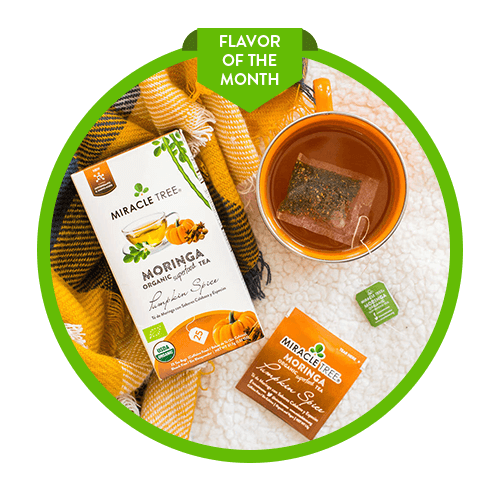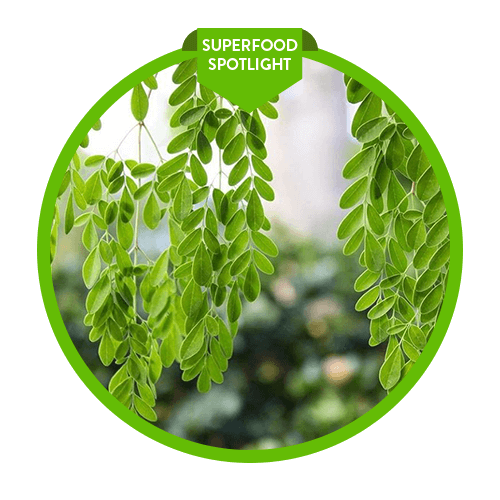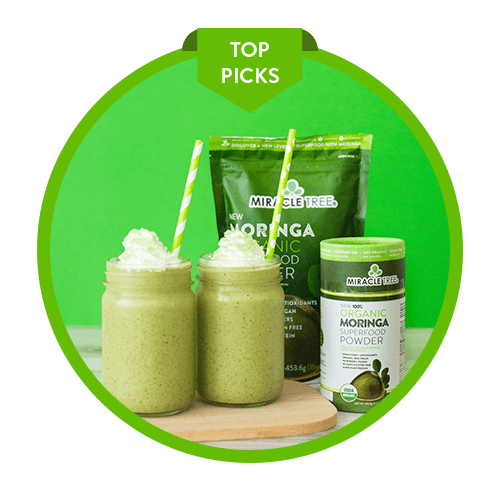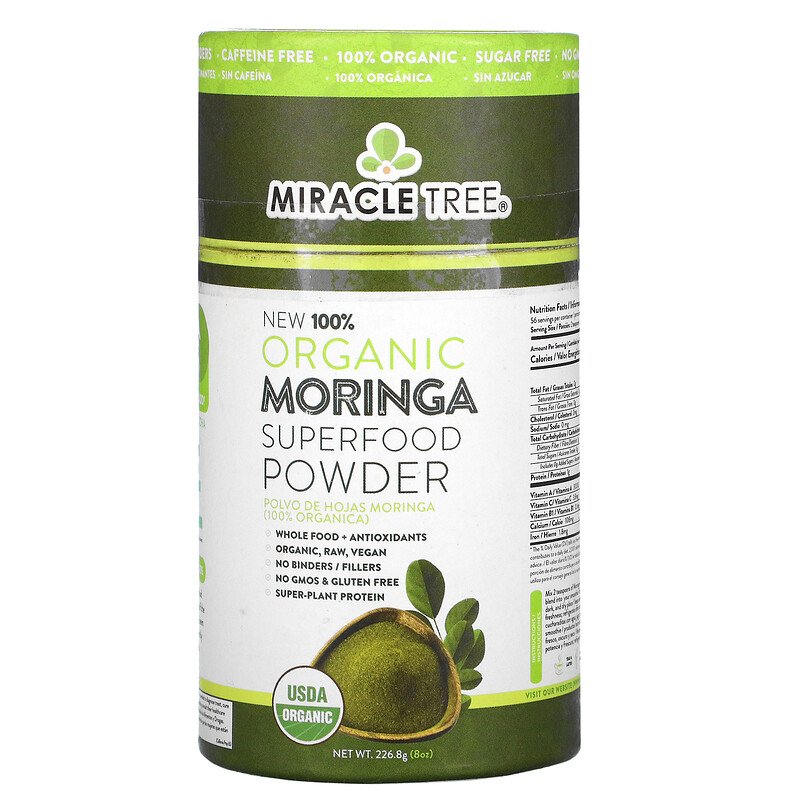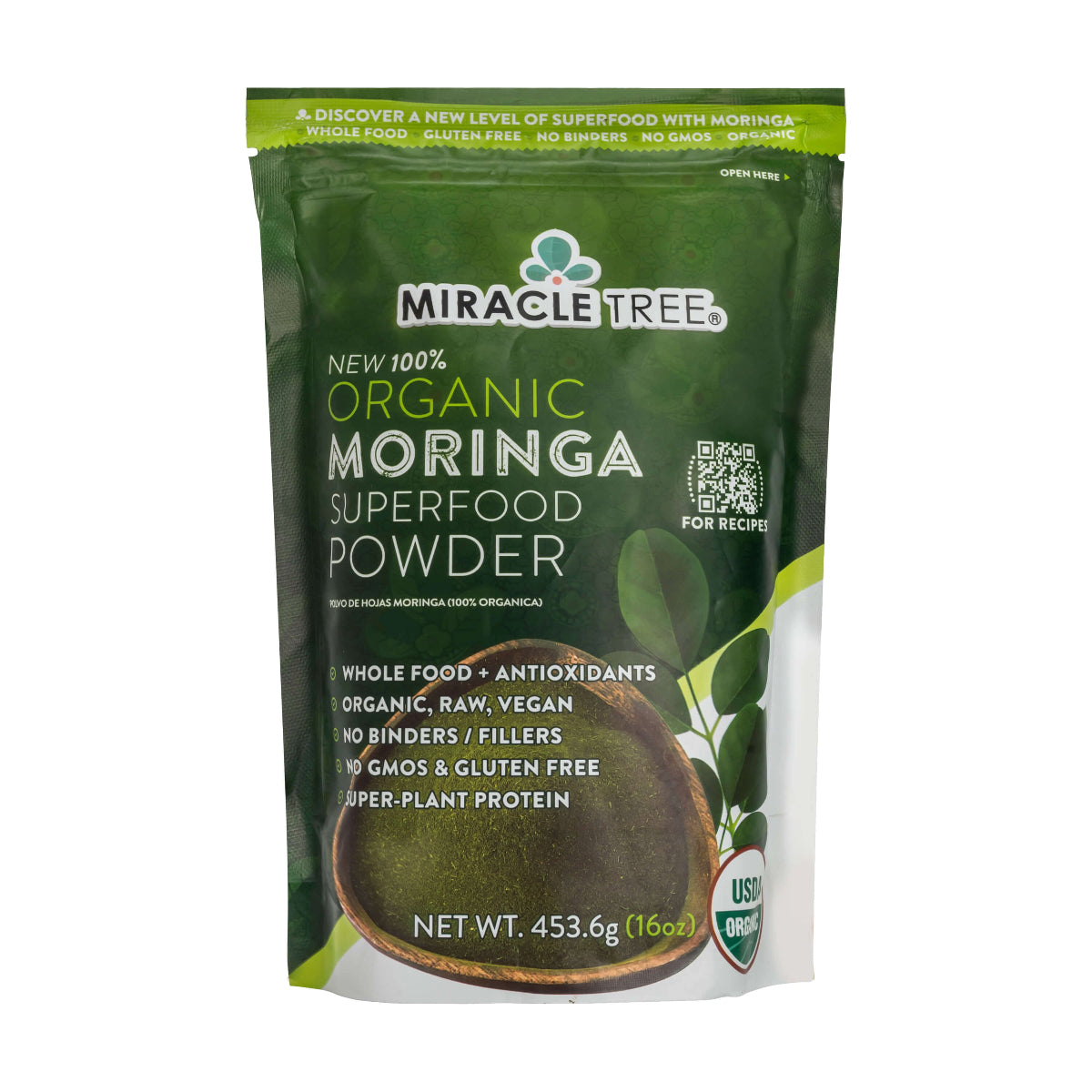Are you looking for ways to add more fiber to your diet? Follow these simple tips to increase your fiber intake.
Do you want to boost your health? It is time to tweak your eating habits and add more fiber to your diet. You must be aware that eating a diet high in fiber is an excellent way to strengthen your digestive system and keep things functioning normally.
Adding more fiber to diet has a plethora of health benefits. According to a meta-analysis published in January 2019, eating a diet rich in fiber can lower your chance of getting type 2 diabetes and heart disease. One study also showed the link between a high-fiber diet and a decreased risk of colon cancer. Eating fiber is also linked to a healthier weight. However, the trouble is that the majority of people don't take enough fiber in their diets. The 2015-2020 Dietary Guidelines suggest 14 grams of fiber for every 1,000 calories consumed daily. They also offer recommendations based on your gender and age:
- Women aged 19–30 should consume 28 grams of fiber per day
- Men aged 19–30 should consume 33.6 grams of fiber per day
- Women aged 31–50 should consume 25.2 grams of fiber per day
- Men aged 31–50 should consume 28 grams of fiber per day
- Women aged 51 and over should consume 22.4 grams of fiber per day
- Men aged 51 and over should consume 28 grams of fiber per day
How to add fiber to diet?
Do you want to add more fiber to your diet? Here are a few of our favorite strategies to increase your intake of fiber:
Include vegetables in meals, and eat them first
The best way to add more fiber to diet is to load up on veggies. You can consume more fiber by eating vegetables before a meal. Non-starchy vegetables are a low-calorie, high-fiber option. Vegetables like peas, artichokes and edamame are excellent sources of fiber. Did you know that peas include a significant amount of fiber? The USDA estimates that there are 4 g of fiber per 1/2 cup, or 14% of the daily recommended amount.
Eat the skins of fruits
Are you guilty of peeling fruits like apples and pears? While you should not eat an orange rind or a banana peel, you can eat apples and pears with their skins on to add more fiber to your diet. The fruit's skin protects the delicate flesh inside. But it also contains more than half of the fruit's fiber. Fruit's dietary fiber might make you feel more satisfied, especially when eaten with foods high in protein and fat, such as cheese or nut butter.
Replace refined grains with whole grains
Whole grains undergo very little processing, preserving their natural state.
Refined grains, on the other hand, lack fiber and vitamin-rich germ of whole grains. This extends the grain's shelf life but removes its healthiest component, leaving behind just a quick-absorbing carb. Consider substituting whole grains for at least half of your diet's processed grains. Here are some whole-grain options that you can consider to add more fiber to diet:
- Oatmeal
- Brown rice
- Amaranth
- Barley
- Buckwheat
- Bulgur wheat
- Farro
- Millet
- Quinoa
- Wheat berries
- Add moringa powder to your diet
Moringa has a lot of fiber, which helps regulate your digestive system. Moringa powder is packed with both soluble and insoluble fibers. There are multiple ways in which you can use moringa powder to add fiber to your diet. You can add it to your soups, salads, juices and smoothies. You can also add it to cake, bread and brownies to increase your fiber intake.

